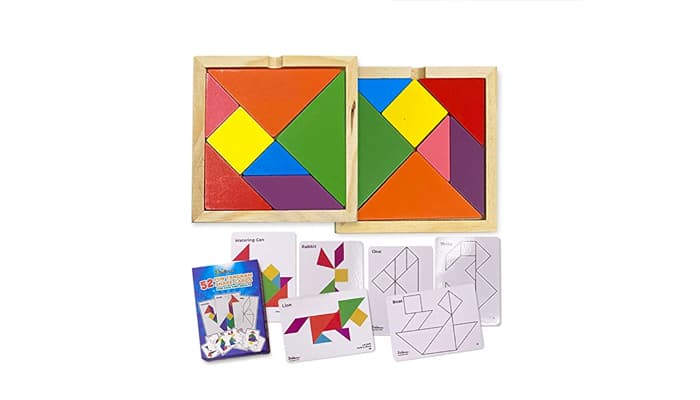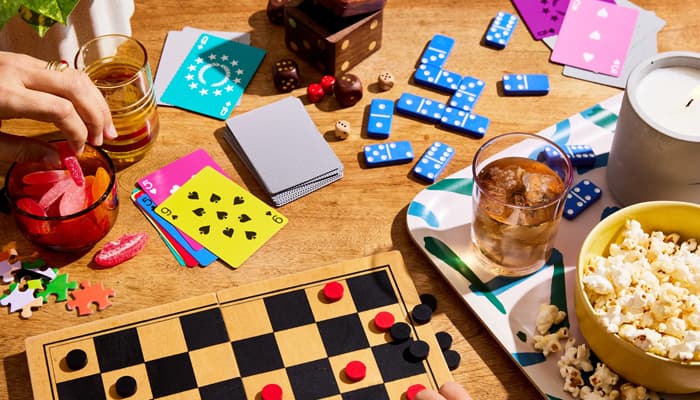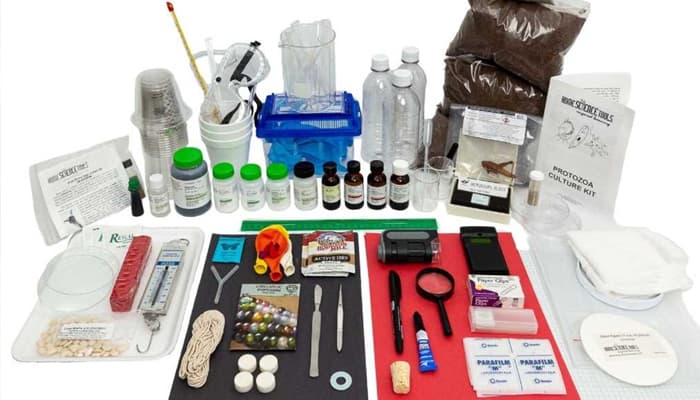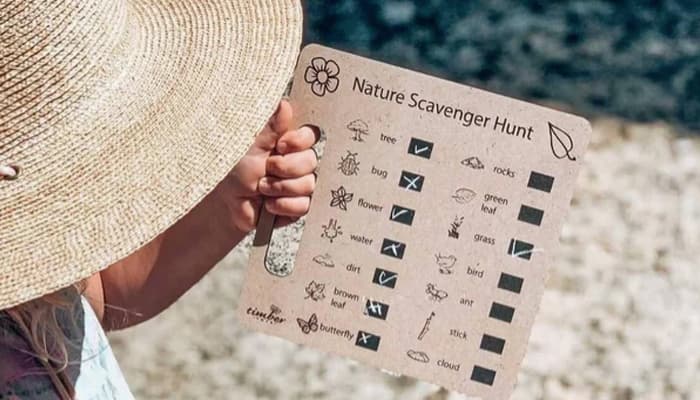
When most parents hear the word “apps,” they think of glowing screens, swiping, and the endless fight to limit screen time. But here’s the surprise: some of the best learning tools for kids don’t need screens at all. These “apps” aren’t downloaded from an app store—they’re real-world activities and toys that keep kids thinking, moving, and learning without a single pixel in sight.
If you’ve been looking for ways to give your kids a break from devices without killing the fun, you’re in the right place. Here are ten clever, hands-on “apps” that make kids smarter and happier—no Wi-Fi required.
1. LEGO Bricks
LEGO has been around for decades for a reason. Building isn’t just fun—it’s brain training in disguise. When kids click pieces together, they’re learning about balance, symmetry, and design. They’re also practicing patience, because towers fall, bridges break, and rebuilding is part of the process. The best part? You don’t have to nag them to “learn something”—they’re already doing it while they play.
2. Tangram Puzzles

If you’ve never tried tangrams, you’re missing out on one of the simplest ways to build brainpower. These classic shape puzzles teach kids to think visually, rotate objects in their minds, and figure out how pieces fit together. At first, it looks easy—seven little pieces, one big picture. But a few minutes in, and even grown-ups are hooked. It’s a great challenge for kids who love solving problems without feeling like it’s “school work.”
3. Flashcards That Don’t Feel Like Homework

Flashcards sound boring—until you turn them into a game. You can use them for anything: math facts, vocabulary, even science terms. Try hiding them around the house and letting kids race to find and answer them. Suddenly, learning turns into a treasure hunt. It’s active, it’s fun, and it’s way better than sitting still with a tablet.
4. Musical Instruments

Music is like a secret workout for the brain. Give a child a ukulele, a keyboard, or even a simple drum, and you’ll see their creativity come alive. Playing music strengthens memory, boosts language skills, and teaches focus. It doesn’t have to be expensive—start small with a harmonica or a kalimba. Even banging out a rhythm builds coordination and a sense of timing. And honestly, it’s hard to beat the joy of a living room concert.
5. Board Games That Teach Without Trying

Family game night can be more than just fun—it can build brainpower. Games like Scrabble or Boggle sneak in spelling and vocabulary practice. Chess teaches strategy and patience. Even games like Ticket to Ride get kids thinking about geography. One of the best options for solo play is Rush Hour, a logic game where you slide cars around to escape a traffic jam. It looks simple but will keep kids (and parents) thinking hard.
6. Story Cubes
Tiny dice, big imagination. Story cubes are covered with pictures instead of numbers, and the goal is to roll them and create a story from what you see. Kids invent wild adventures while practicing language and storytelling skills. It’s the kind of game you can toss in a bag for car rides or waiting rooms—instant fun without a screen. And the best part? Every story is different, so it never gets old.
7. Science Kits

Remember the magic of making a volcano erupt? Science kits bring that feeling back. Kids can create slime, grow crystals, or watch baking soda fizz into foam—and learn real science in the process. The key is curiosity. Ask questions like “What do you think will happen if we add more water?” and suddenly you’ve got a little scientist in your kitchen. It’s messy, yes—but in the best way.
8. Jigsaw Puzzles

Puzzles are old-school, but they’re also powerful brain boosters. They build problem-solving skills, improve focus, and teach kids to look at details. There’s something calming about watching an image come together piece by piece, too. Start with simple puzzles for younger kids and work your way up to bigger challenges. It’s a quiet activity that still feels rewarding, especially when the whole family joins in.
9. Building Toys Beyond LEGO
Once kids master LEGO, try other building toys like magnetic tiles, wooden blocks, or marble runs. Each one adds a new layer of challenge—gravity, balance, motion. Kids learn by experimenting, and there’s nothing like watching their faces when they finally get that marble to zip through a maze they designed themselves. Rotate the sets every so often to keep things fresh, and you’ll never hear “I’m bored” again.
10. Nature Scavenger Hunts

Sometimes the smartest app is outside. A simple scavenger hunt can turn a walk in the park into an adventure. Give kids a list—find a rough rock, a smooth leaf, three different colors of flowers—and let them explore. Add a magnifying glass or a jar for collecting bugs, and suddenly they’re learning about science without even knowing it. Fresh air, exercise, curiosity—it’s a win all around.
The Big Takeaway
Screens aren’t going away anytime soon, but every hour without them is a gift. These screen-free “apps” don’t just keep kids busy—they teach them to think, solve problems, and imagine. They give kids the skills that matter in the real world, and they do it in a way that feels like play. Next time your child asks for an app, hand them something even better: a chance to learn with their hands, their eyes, and their imagination.
So which one will you try first? Start small—swap just 15 minutes of screen time for one of these activities. You might be surprised at how much kids love it. And who knows? You might find yourself joining in, too.
